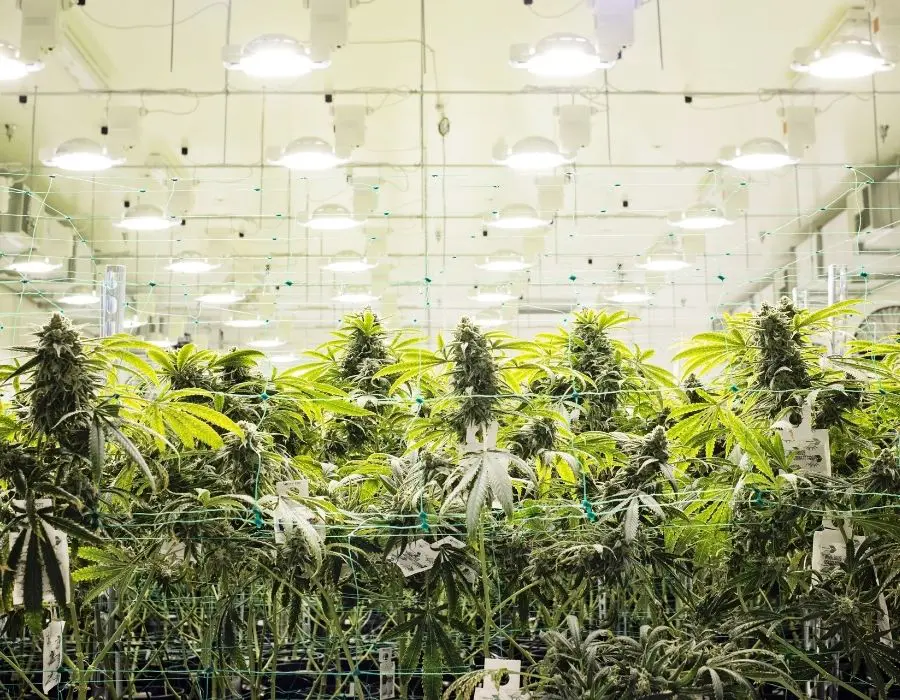Indoor cannabis cultivation was once a hidden practice limited to blacked-out rooms and basement hide-a-ways. Early marijuana indoor growers, fearing prosecution by government mandate during prohibition, were forced to find creative measures when scheming inconspicuous grow set-ups.
Options for lighting were minimal, humidity and temperature controls were manual, and nutrient supplements were subpar in early cannabis cultivation environments. Trial and error experiments, coupled with data recordings, helped underground growers succeed in early cultivation practices. However, there were no science-based standards for marijuana growers to follow.
Fast forward to present day cannabis growing operations. Modern R&D, supported by relaxed legalization and technology advancements, focuses on developing innovative indoor cultivation practices. Blending old-school know-how growing knowledge with modern efficiencies has shaped unique advantages for growing cannabis indoors.
Marijuana growers realize the value of controlled environments to capitalize on their cash crop. Time and labour costs can be overly high contingent on the size of the cannabis grow room. Eliminating or reducing those costs, especially in large commercial operations, benefits any cannabis business.
Automation is a Game Changer in the Cannabis Industry
As technology continues to progress, automation delivers indoor cannabis cultivators options never before imagined. From climate-controlled environments to nutrient injection systems, programmable controls reduce fluctuations and inconsistent formulas. Additionally, computerized methods are activated to alert a cannabis grower of malfunction in case of system failure.
Digital tracking monitors the system, keeps records, and provides analytical data to the grower. This information is valuable when determining adjustments and regulating climate control parameters. Data collection also helps formalize Standard Operating Procedures (SOP) for cannabis businesses to implement in future development.
Automation also reduces the happenstance of human error. Computer applications programmed with particular criteria about unique growing environments perform without emotional ties or physical failures. While most cannabis growers are passionate about their plants, unintentional mistakes sometimes happen due to human mishaps.
Climate Control
Outdoor cannabis growers have the advantage of utilizing nature’s gifts to help grow their gardens. Marijuana plants soak up hours of light from the sun’s rays, thriving in many different types of outdoor climates. They are typically very hardy, learning to adjust to natural elements presented from the start of life.
